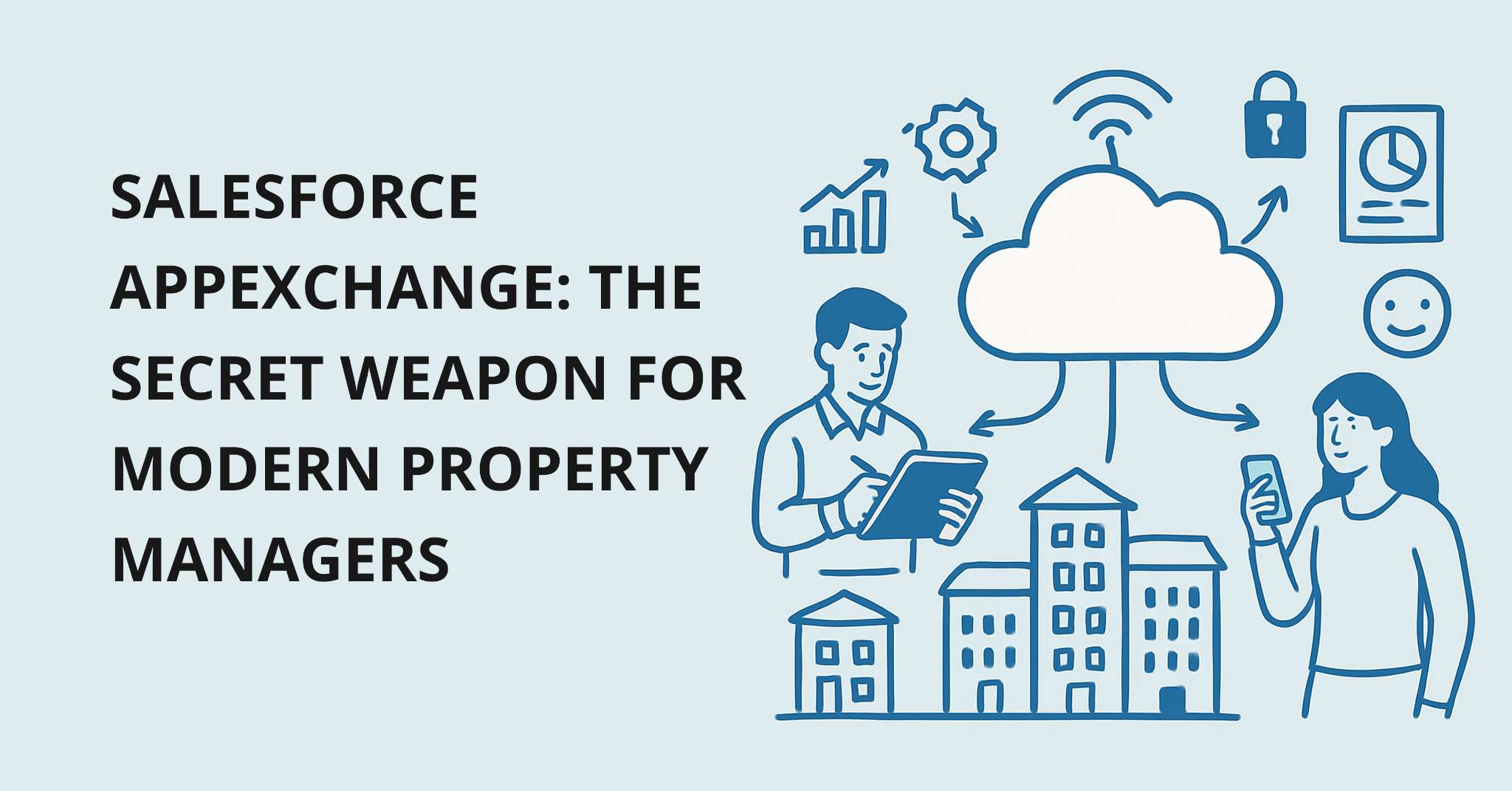Transform vacation rental operations management from reactive, spreadsheet-driven work into an automated, portfolio-level engine that scales without limits. Learn practical steps to centralize operations, eliminate manual tasks, and deliver consistent guest and owner experiences across 100+ properties.
The tipping point: why 10 → 100 properties breaks manual systems
Growing from a handful of listings to dozens or hundreds exposes operational gaps fast. What worked when you had 5 properties — ad-hoc cleaners, manual owner spreadsheets, and one-off guest messages — becomes a liability at scale. The problems compound: missed turnovers, inconsistent guest communications, delayed owner statements, and fragmented maintenance workflows that eat margin and reputation.
Four operational domains you must standardize
- Cleaning & turnover scheduling
Pain point: last-minute bookings or late check-outs turn cleanings into fire drills.
Standardize with uniform checklists, automated task generation triggered by bookings, and mobile checklists with photo verification. Automated scheduling reduces double-booked cleanings and creates measurable quality controls across every property type. - Maintenance & inspections
Pain point: maintenance requests are scattered across emails and phone calls, creating inconsistent SLAs and reactive spend.
Standardize by centralizing work orders, adding preventive maintenance schedules, and creating vendor-assignment rules with clear SLAs. Automated escalation and audit logs keep owners informed and reduce emergency repair costs. - Guest communications & onboarding
Pain point: manual messaging is slow and inconsistent, harming reviews and repeat bookings.
Standardize with templated, automated messaging for pre-arrival, check-in, and check-out — and reserve exception routing for custom requests. Centralized inboxes and message templates ensure consistent tone and response time regardless of portfolio size. - Financials & owner statements
Pain point: compiling revenue, fees, and expenses manually is time-consuming and error-prone.
Standardize owner reports with automated statement generation, consistent expense categorization, and direct integrations with accounting systems to eliminate spreadsheet bottlenecks and speed payouts.
Technology as the backbone: what the platform must do
To operate 100+ properties with a small, empowered team you need software that centralizes visibility and automates workflows. Key capabilities:
- Portfolio dashboard: one place to see occupancy, tasks, outstanding maintenance, and financial health.
- Workflow automation: triggers and rules that create, assign, and close tasks automatically.
- Integrations: syncs with PMS/channel managers, accounting, smart locks, and IoT sensors.
- Role-based access: give cleaners, vendors, property managers, and owners the right view with audit trails.
When you automate the repetitive work — task assignment, messaging, owner statements — you free human teams to focus on exceptions and growth initiatives rather than routine execution.
How to transition without disrupting operations
Large changes don’t have to mean chaos. Use a staged rollout:
- Pilot: pick a representative subset of properties (different sizes, locations, guest types).
- Document processes: create standardized checklists and SOPs for each domain before automation.
- Train & empower: designate champions—cleaning leads, a maintenance coordinator—to adopt the platform early.
- Iterate: use feedback loops to tune automation rules and templates.
Measure success with KPIs: task completion time, average response time to guest messages, owner payout accuracy, and net promoter / review scores.
What you unlock when operations are standardized
Standardization and automation change the economics of growth:
- Lower operating costs — fewer hours spent on spreadsheets and manual coordination.
- Predictable owner reporting and faster payouts.
- Consistent guest experience and higher review scores.
- Ability to scale inventory without linear headcount growth.
In short: you trade reactive firefighting for proactive portfolio management and strategic growth.
Playbook: 6 tactical first steps this quarter
- Audit current processes and quantify time spent on recurring tasks.
- Standardize cleaning checklists and create templates for each property class.
- Automate guest messaging (pre-arrival, check-in, check-out) and measure response SLAs.
- Centralize maintenance requests and set preventive maintenance cadences.
- Automate owner statements and reconcile against accounting software.
- Start a pilot of 10–20 properties, measure, then scale platform rules portfolio-wide.

.png)





_-_A_Complete_Guide.png)











+for+Hotel+Chains.png)
